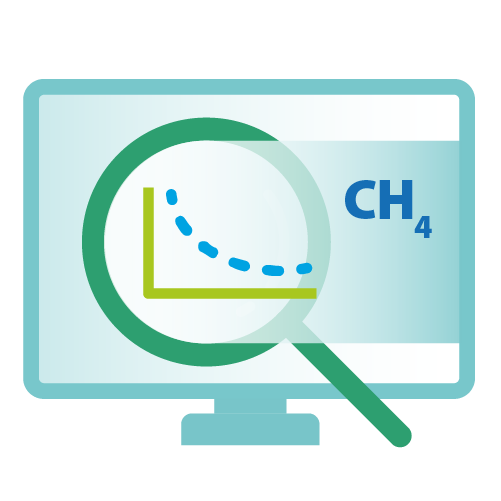The carbon calculator for reservoirs



The G-res Tool is a simple-to-use, web-based tool that can be used to predict GHG emissions from reservoirs without going to the field to take measurements.
The tool is designed to help hydropower companies and researchers estimate and report the net greenhouse gas emissions of a reservoir. Reporting results gained using the G-res Tool give investors, regulators and local communities greater confidence on a reservoir’s climate profile and carbon footprint.
A decade in development, the tool was created through a multi-stakeholder research project led by the International Hydropower Association and the UNESCO Chair in Global Environmental Change. The G-res Tool was developed using a conceptual framework created with scientists from the University of Quebec at Montreal (UQAM), the Norwegian Foundation for Scientific and Industrial Research (SINTEF) and the Natural Resources Institute of Finland (LUKE), with assistance from the World Bank.

Natural emissions
All ecosystems, including river systems, naturally emit greenhouse gases such as carbon dioxide and methane.
When a reservoir is created, there will be a change in GHG emissions which are dependent on local environmental conditions.

Net emissions
Greenhouse gases can be released when a reservoir is introduced due to the decomposition of organic material in the flooded area.
Assess, Validate, Report and Model

Web-based tool
The free online tool takes into account emissions related to human activities and infrastructure and allocates these to various reservoir purposes.

Quality of results
This process is mandatory to publish any G-res Tool results in official documents and reports.

Sustainability
The assessment framework uses a methodology based on empirical measurements from more than 200 reservoirs worldwide.

Reliable and cost-effective
Before now, however, there was no reliable and cost-effective way of estimating the emissions created from building a reservoir, taking into account pre-existing conditions and naturally occurring emissions.
Upcoming training dates

Training
We offer training courses to help individuals and organisations use and accurately interpret results.


